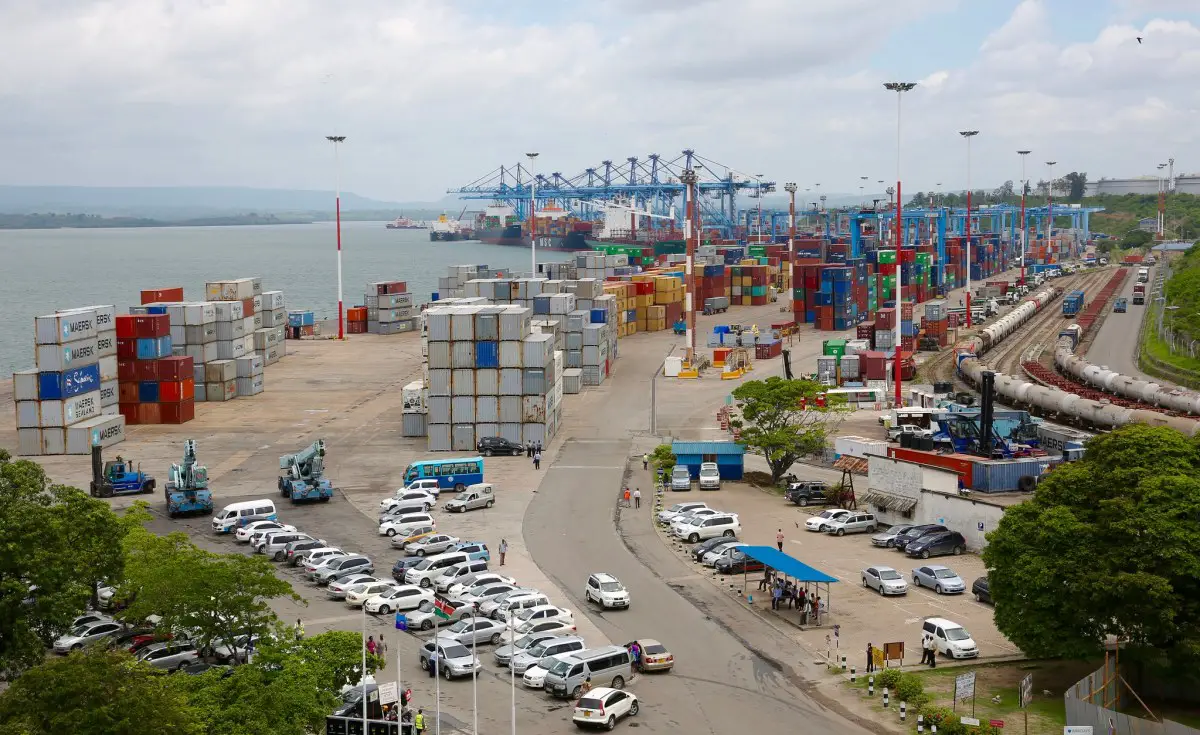The implementation of the second phase of the Sh32 billion Port of Mombasa’s second container terminal, which began back in September 2018, has been completed according to Kenya Ports Authority (KPA).
The port authority made the revelation after verifying that the Japanese contractor, Tokyo Construction Company Limited, had finished the project. Tokyo Construction Company representatives, led by Hironari Sahara, Civil Construction Division Manager, and Shuichi Aikawa, General Manager International Division, met with KPA officials and verified the project’s completion.
Sudi Mwasinago, General Manager Cargo Operations, and Abdullahi Samatar, General Manager Infrastructure Development, represented KPA at the meeting, which took place at the Kipevu Headquarters.
Also Read: Mlolongo and Kajiado Kenya railway stations coming up
According to KPA, the handover ceremony for the facility that maritime players have termed a game-changer would take place shortly once the Authority and appropriate government agencies assess the facility, which is located on 100 acres near Kilindini Harbour.
The facility is planned to boost the port’s annual capacity by 450,000 containers, increasing the total annual capacity to 2.1 million.
Overview of the Port of Mombasa
The project was funded by the Japanese government through a government-to-government credit program administered by the Japan International Cooperation Agency (JICA). Following its completion, the Mombasa Port terminal will now feature a total of three berths with lengths of 230,320 and 350 meters. The biggest berths will have the capacity to handle Panamax container ships of 20,000 deadweight tonnes and post Panamax vessels of 60,000 deadweight tons.
Phase One of the Mombasa Port’s second container terminal, which cost Sh26 billion and involved recovering around 50 acres of sea space to provide 550,000 Twenty-Foot Equivalent Unit (TEU) capacity, was completed in 2016.
Mombasa Port serves as a gateway for landlocked nations like Uganda, Rwanda, and Burundi and has recently seen significant improvements because of multibillion-dollar infrastructure and technological investments. The development initiative, which includes the building of Phase Two of the second container terminal and the Sh40 billion Kipevu Oil Terminal (KOT), is part of the port’s efforts to convert it into a regional logistics centre.

